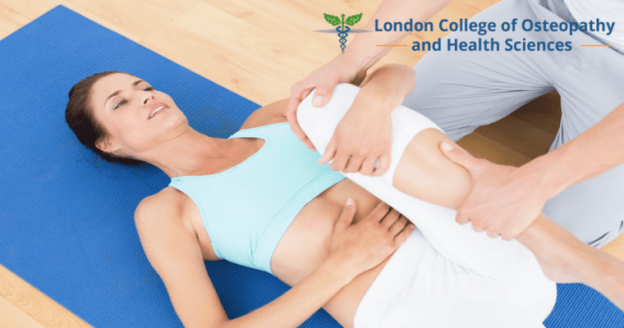By Rachel Pechek
Master of Science in Osteopathy (M.Sc.O) graduate and head instructor at London College of Osteopathy and Health Sciences (LCO), Rachel Pechek, explores the effectiveness of osteopathic treatment on visceral lesions in equines.
Read Full Thesis Here: https://bit.ly/3kpefg9
For more information on LCO’s programs and courses visit www.lcocanada.com

